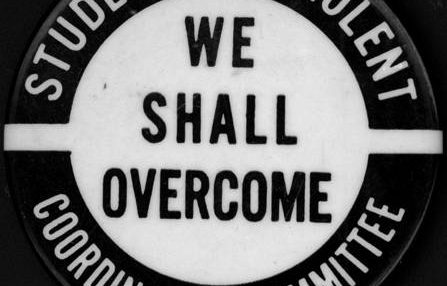
According to Social-Cognitive Domain theory, middle students’ growth in social-cognitive abilities allow them to see the nuance in many issues. They realize fair does not always mean equal and can understand the perspectives of others alongside their own. Despite their understandings of fairness and justice, they often can conflate an individual’s personal rights with a person’s right to fairness and justice. Also, consequences of harm can be dependent on the relationship the middle schooler has with the victim. For example, a middle schooler may believe acts of injustice are worse when perpetrated against a friend than a stranger. In addition, they often view rules as arbitrary, though, not quite understanding rules help organize society and social systems. Research has noted there is often an increase in disciplinary infractions in middle school when compared to elementary school and high school.
With this in mind, middle school resources provide students the opportunity to grapple issues of fairness and justice that might not directly harm them but affects those around them. Available resource units pair historical processes to current events to engage students in dialogue about the rights of others, the role of the bystander, and the need for rules in relation to justice and society. The historical content relies on primary sources, including photographs, documents, and letters. In line with the critical history perspective, counter-narratives are provided to deepen students understanding of historical events such as slavery, the Civil War, and the Civil Rights movement and their connection to present day. Discussion questions require students to considering the positions of multiple actors when engaging in dialogue with peers and craft what they deem is the fairest solution to complex issues. The culminating activity require students to engage their choice of civic action to have their voice be heard.
Within the integrated unit, materials include sequential lesson plans with sample language, keywords, scaffolded and annotated primary and secondary sources, discussion questions, writing prompts, relevant learning standards, and a culminating activity. There are proposed timing guidelines for each lesson, but teachers can adapt to fit the needs of their classroom. Materials can be used to supplement other classroom lessons or resources or used independently.
1Chapter 1: Lorem Ipsum
Lorem ipsum dolor sit amet, consectetur adipiscing elit, sed do eiusmod tempor incididunt ut labore et dolore magna aliqua. Ut enim ad minim veniam, quis nostrud exercitation ullamco laboris nisi ut aliquip ex ea commodo consequat. Duis aute irure dolor in reprehenderit in voluptate velit esse cillum dolore eu fugiat nulla pariatur.
Excepteur sint occaecat cupidatat non proident, sunt in culpa qui officia deserunt mollit anim id est laborum.
Lorem ipsum dolor sit amet, consectetur adipiscing elit, sed do eiusmod tempor incididunt ut labore et dolore magna aliqua.
Middle School Standards
Lorem ipsum dolor sit amet, consectetur adipiscing elit
- sed do eiusmod tempor incididunt ut labore et dolore magna aliqua.
- Ut enim ad minim veniam, quis nostrud exercitation ullamco laboris nisi ut aliquip ex ea commodo consequat.
- Duis aute irure dolor in reprehenderit in voluptate velit esse cillum dolore eu fugiat nulla pariatur.
- Excepteur sint occaecat cupidatat non proident, sunt in culpa qui officia deserunt mollit anim id est laborum.








